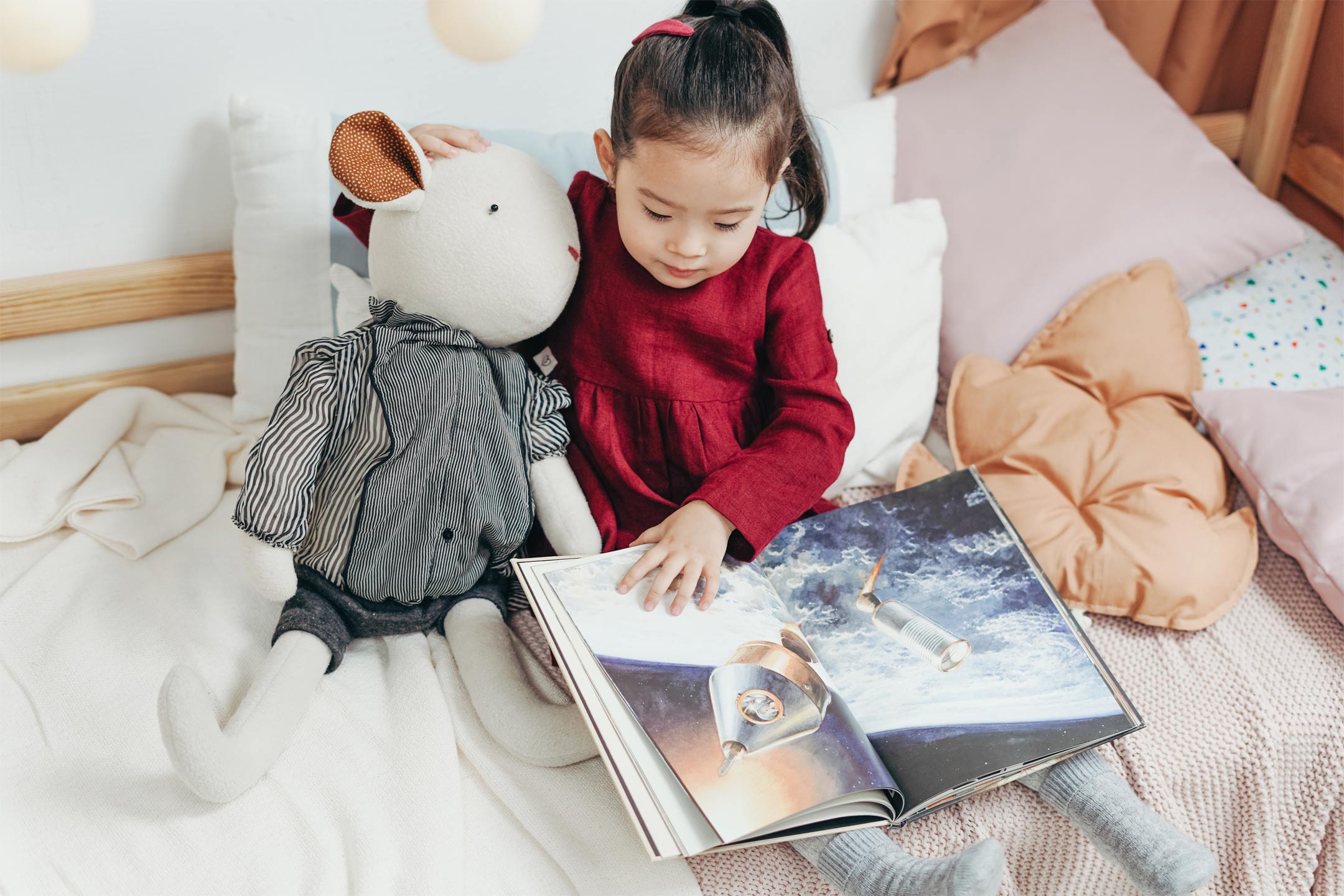
20 Apr New report shows the impact of pandemic playtime on kids
Throughout the course of the pandemic, Australian kids felt anxious (34%), irritable (30%) and generally impatient (28%) – and children with certain neurodiverse conditions felt even worse, with 47% of those living with ADHD, and 42% of those with dyslexia feeling more anxious than ever, mostly as a result of not being able to effectively communicate how they were feeling.
Sadly, and unsurprisingly, parents said that world events such as the pandemic had negatively affected their child’s imagination and ability to dream big, with over half (52%) feeling increasingly isolated.
With over a quarter (28%) of kids feeling stressed, a quarter (23%) of parents admitted their child didn’t understand the pandemic at all and turned to playtime to help understand how they’re feeling and to facilitate important conversations.
In fact, according to The Imagination Index, a new in-depth study by global toy experts, ZURU – which combines quantitative research with qualitative interviews across a variety of neurotypical and neurodiverse children – 1 in 2 children have had the word ‘Covid’ come up during their playtime and a fifth (20%) have brought the term ‘vaccination’ up.
Encouragingly, the research also reveals that parents are using play to navigate their children’s understanding of wider topics and issues, with 58% using toys to discuss neurodiversity and 87% of parents with a neurodiverse child using play and toys as a key mechanism to discuss their differences. Almost 7 in 10 parents (71%) are also discussing disability whilst a huge 78% are using playtime to introduce their children to issues such as race.
This is such a positive way of learning as children use toys in almost every aspect of their day to day lives. Of those who have an ultimate favourite toy, it really does go everywhere with them: half sleep with one, 19% use them as a learning companion and 1 in 5 use them when they’re around other children.
For many kids, toys really do transcend the complexities of the outside world.
On the subject of the pandemic and the strains it has caused during the lockdowns, it hasn’t all been bad news, and autistic children especially seem to have excelled throughout, without any of the usual external pressures they would face on a day-to-day basis.
What’s more, toys and play have been incredibly important for so many children and their families during the pandemic and will continue to be as we move forward to the new normal. Parents have found a mix of limited screen time and more creative and tactile play to be the best recipe for happiness.
The average parent gives up to 20 hours of screen time per week to kids, though a quarter also confess that they use extra screen time as a bribe for good behavior.
Children’s Developmental Psychologist Dr Jen Hartstein comments: “Play is such an important part of childhood. Through play, children learn emotional skills, how to express themselves and how to navigate the world. During the time of the pandemic, this was more vital than ever. In addition to learning overall, play provides an amazing outlet for managing stress, something all of us (especially children) have experienced during the time of the pandemic.
Play comes in many forms, both tactile (interacting with toys directly) and via screens and both have benefits for young people. Tactile play has emotional, mental and physical benefits. Screen-time play has much of the same. Both also provide excellent social opportunities for kids. We often worry about too much screen time, but, when monitored, it can be an incredibly powerful learning tool, as well.
Play overall provides an excellent outlet for children. It promotes exploration of their world, connection with others and examination of their own emotions. Without it, they may be more stressed and not learn the skills they need as they grow”.
Research* has found the ultimate ways to help kids thrive and suggest a few toy types to do this.
Top 5 things to help with stress, anxiety and moments of sadness:
- Plush Toys – 35%
- Books – 34%
- Tablet or mobile – 29%
- Squishy toys – 27%
- Fidget Toys – 26%
Top 5 to facilitate learning:
- Books – 46%
- Puzzles – 43%
- Construction and building toys – 39%
- Arts and crafts materials – 36%
- Blocks – 35%
*ZURU Toys’
About the Research
An online survey was conducted by Atomik Research among 2,002 respondents from the USA, all of whom were parents of at least one child who were aged 12 and under. The research fieldwork took place on 3rd February – 8th February 2022. Atomik Research is an independent creative market research agency that employs MRS-certified researchers and abides to MRS code.

